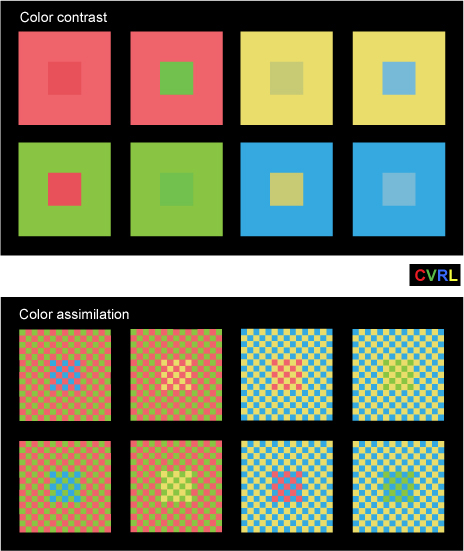

Figure 3.11.1 from Stockman, A., & Brainard, D. H. (2009). Color vision mechanisms. In M. Bass, C. DeCusatis, J. Enoch, V. Lakshminarayanan, G. Li, C. Macdonald, V. Mahajan & E. van Stryland (Eds.), The Optical Society of America Handbook of Optics, 3rd edition, Volume III: Vision and Vision Optics. New York: McGraw Hill.
Color contrast (upper image): the smaller squares in each of the four vertical columns have the same chromaticities, but their color appearances are very different. The differences arise because of the surrounding areas, which induce complementary color changes in the appearance of the central squares. Comparable examples of color contrast have been produced by Akiyoshi Kitaoka (2005), which he attributed to Kasumi Sakai (2003). Color assimilation or the von Bezold spreading effect (von Bezold, 1874) (lower image): the chromaticities of the tiny squares that make up the checkerboard patterns in each of the four columns are identical except in the square central areas. In those central areas, one of the checkerboard colors has been replaced by a third color. The checkerboard color that has been replaced is different in the upper and lower patterns, with the result that the third color is surrounded by a different color in the two cases. Although the third color is the same chromaticity in each column, it appears very different because of the color of the immediately surrounding squares. Unlike color contrast, the apparent color change is in the same color direction as that of the surrounding squares.
Kitaoka, A. (2005). Illusion and color perception. Journal of the Color Science Association of Japan, 29, 150-151.
Sakai, K. (2003). Color representation by Land's retinex theory and Belsey's hypothesis. Ritsumeikan University, Japan.
von Bezold, W. (1874). Die Farbenlehre in Hinblick auf Kunst und Kunstgewerbe. Braunschweig: Westermann.